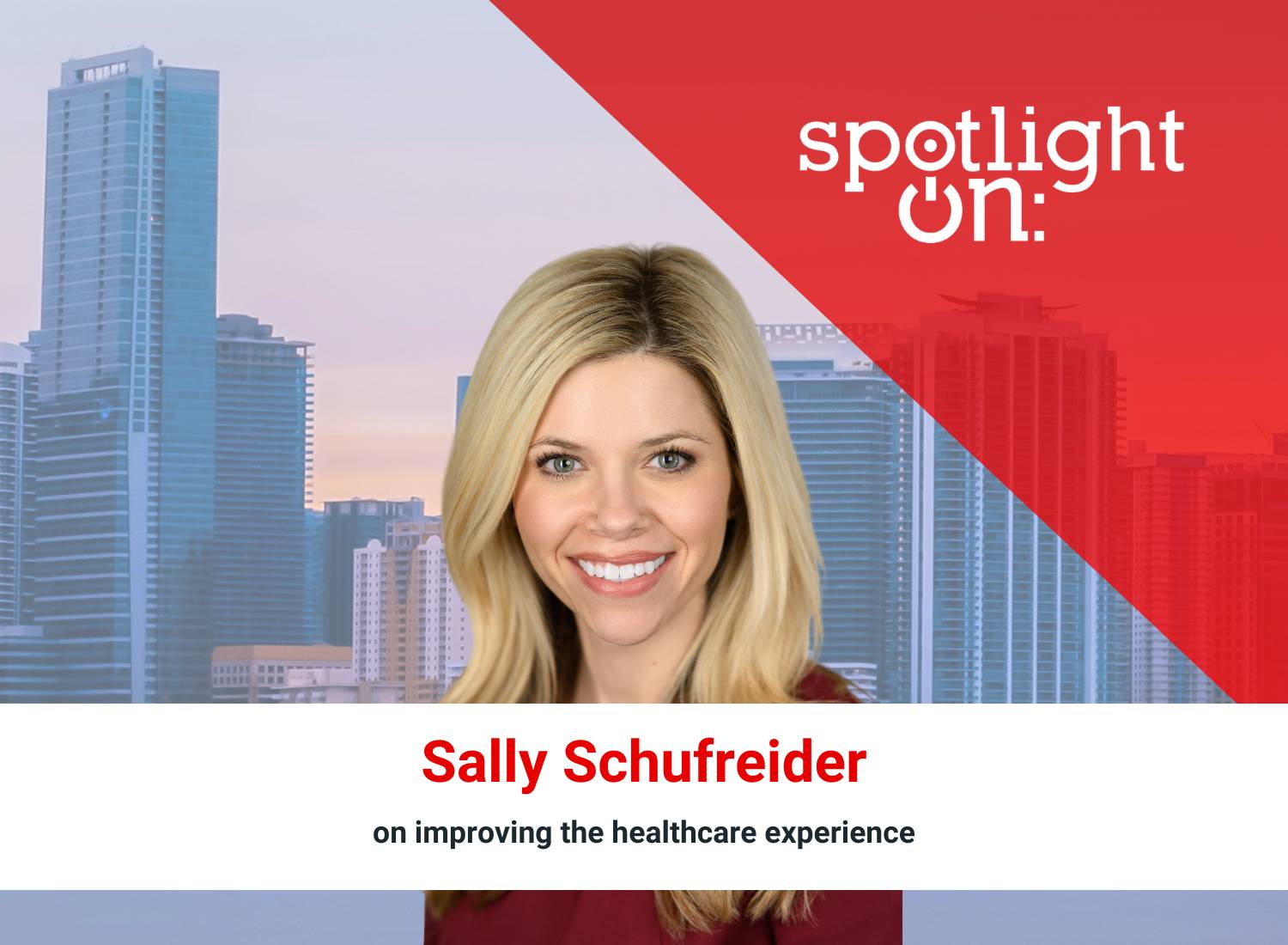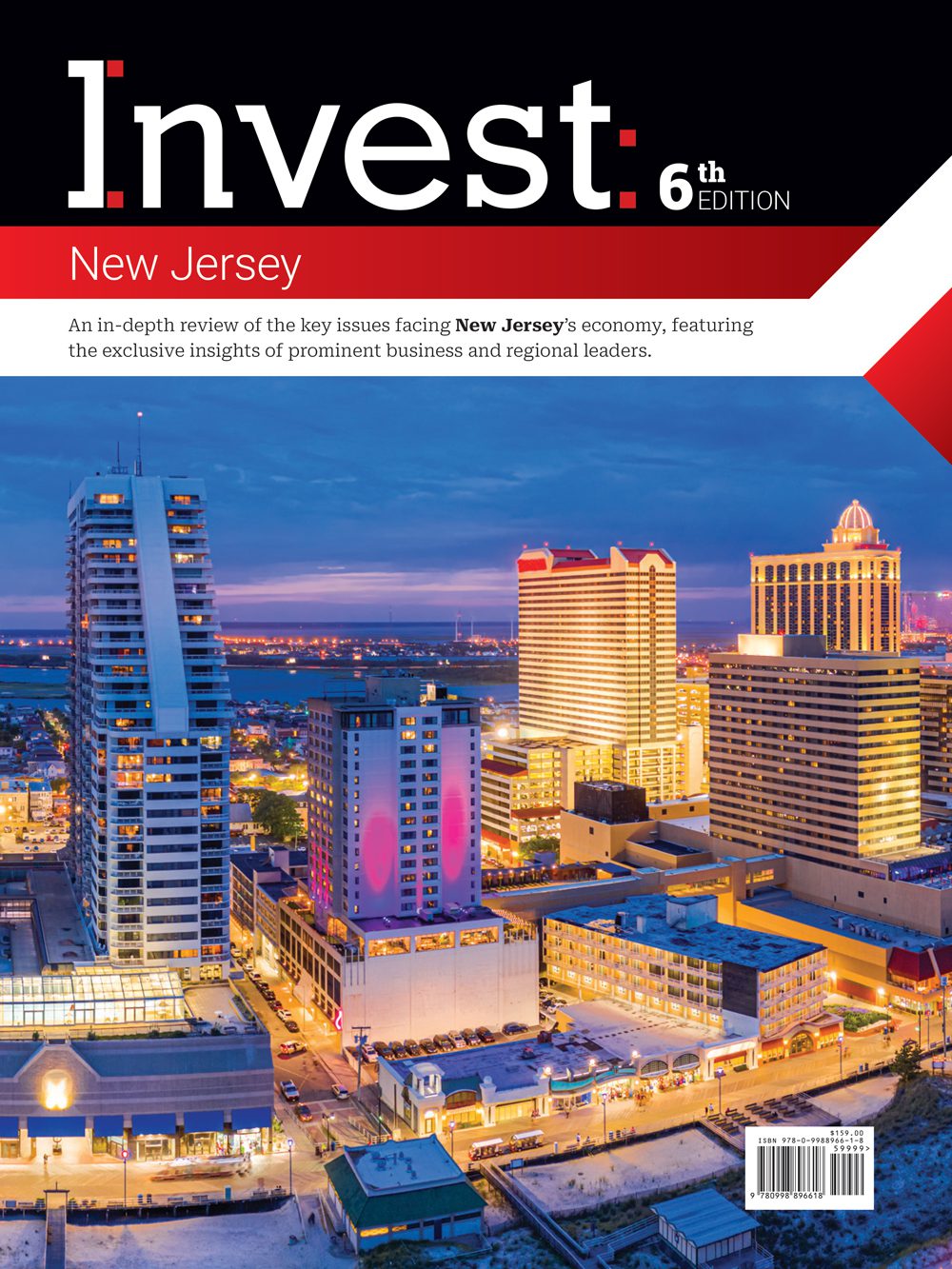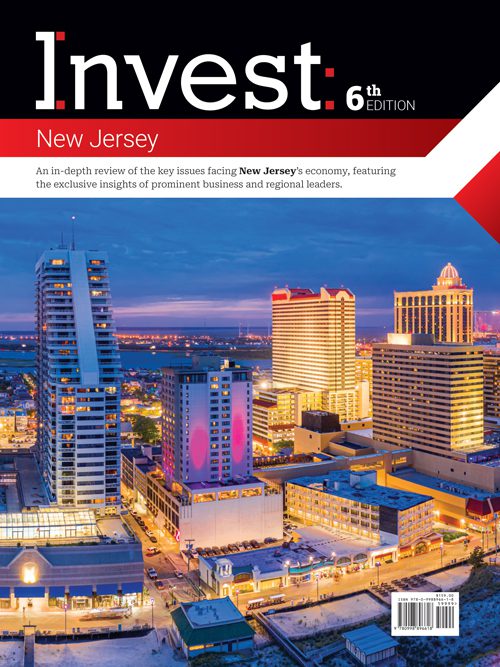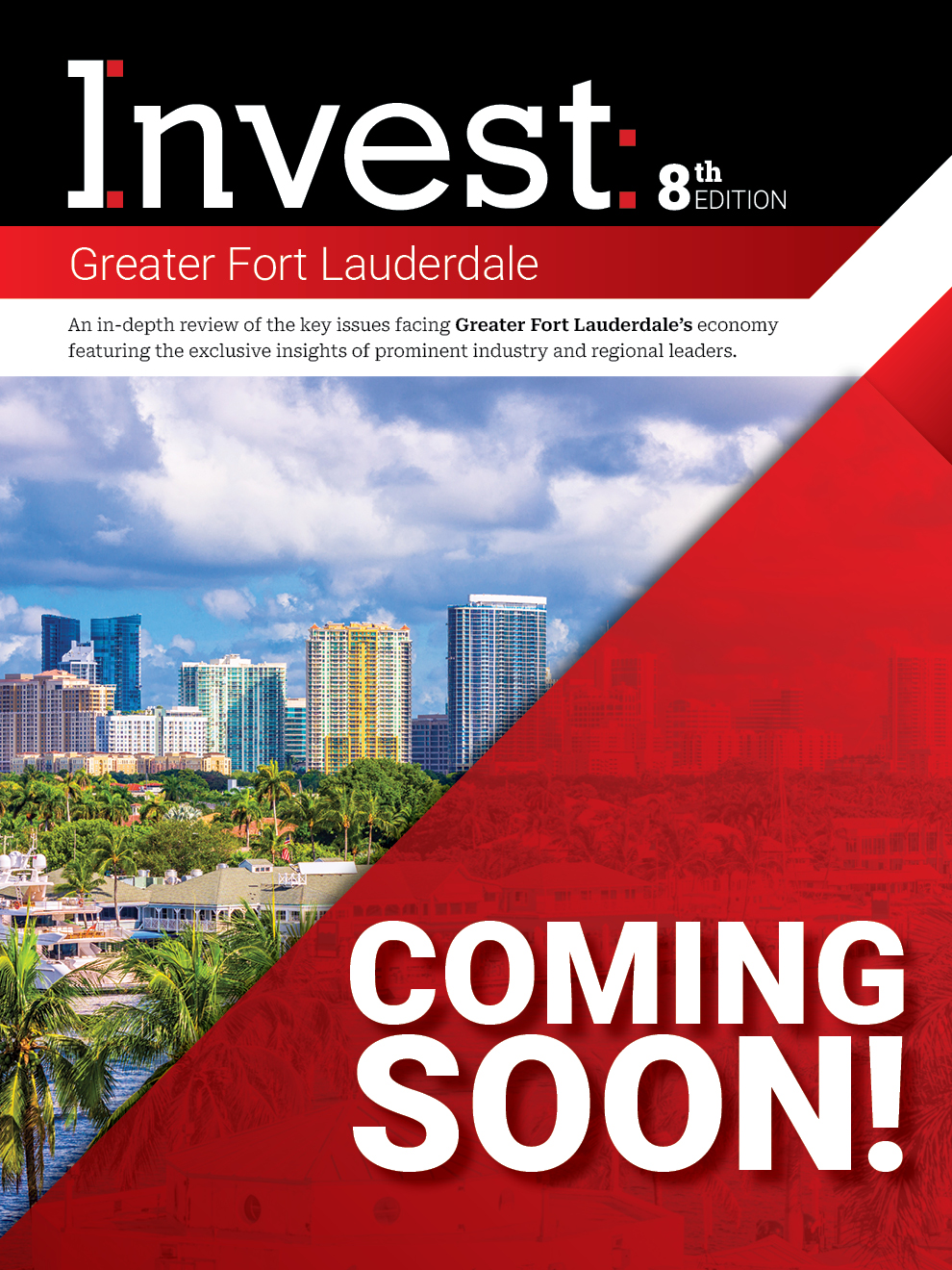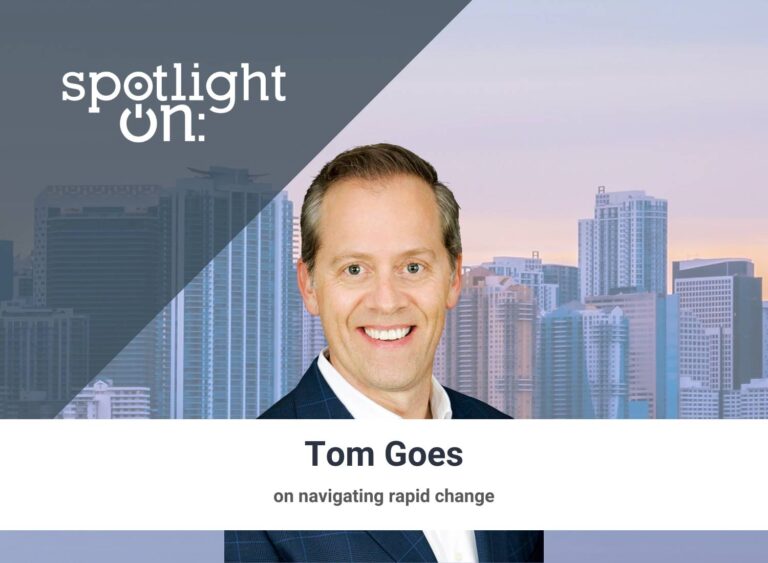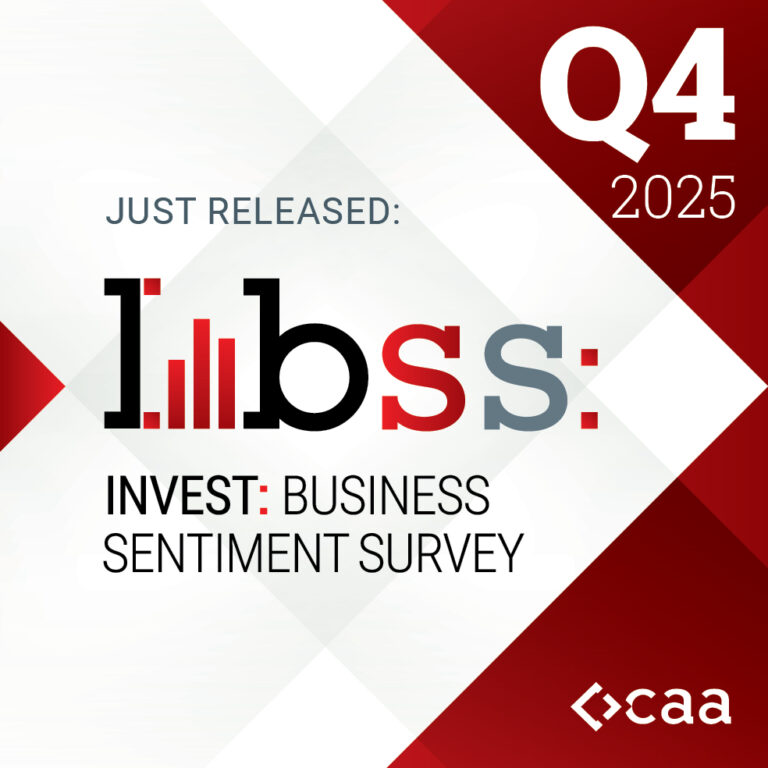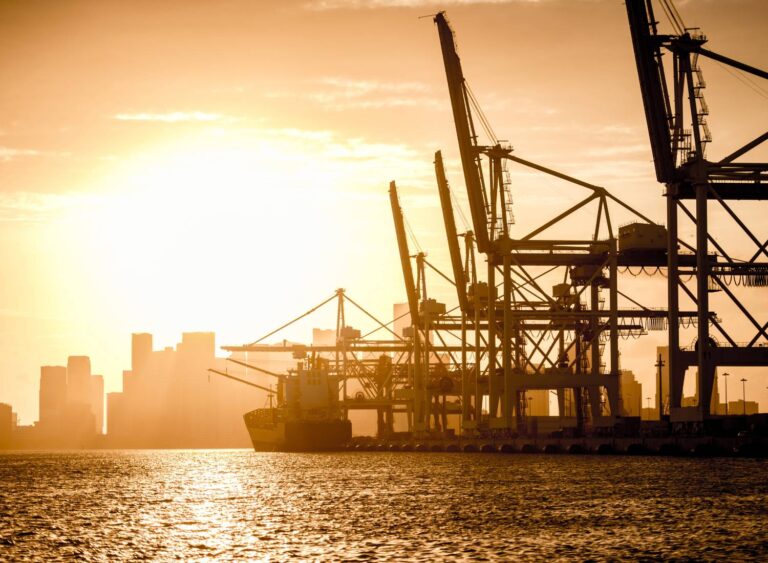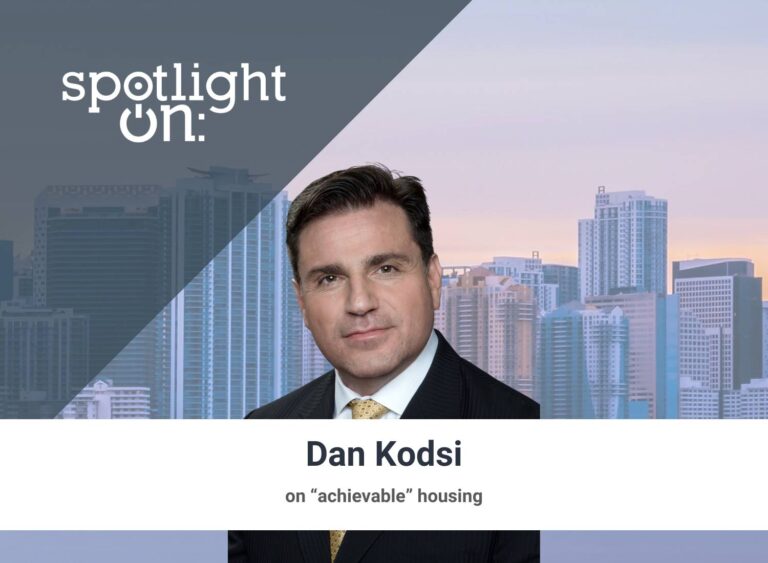Spotlight On: Gregory Stuart, Executive Director, Broward Metropolitan Planning Organization

April 2025 — Invest: met with Gregory Stuart, executive director of Broward Metropolitan Planning Organization, to discuss significant transportation milestones, challenges, and future priorities in Broward County. He also shared insights on infrastructure development, equity in transportation, public engagement, and innovative technologies shaping the region’s mobility and connectivity.
Could you share with us some of the most significant milestones and achievements for the organization over the last 12 to 18 months?
One of our biggest achievements is that we got the Florida Department of Transportation (FDOT) to begin construction of the Sawgrass Expressway Connector. Currently, the Sawgrass Expressway terminates at the Turnpike on the northeast portion of the county. The connector will link the expressway to I-95, connecting with both the managed lanes and general-purpose lanes on I-95. This new connection is a big deal. It will create better freight and goods access, as well, more reliable businesses and residential access in Sunrise, Tamarac, Coral Springs, Coconut Creek, Deerfield Beach, Parkland and even Boca Raton. It’s going to open up a major north-south movement with new east-west access. That’s going to bring substantial economic development opportunities to the underserved parts of the county and expand our thriving communities while also making travel more efficient.
Another major achievement we’re proud of is the approval of a heavy rail passenger system. This rail line will run south of downtown Fort Lauderdale, near Broward General, all the way to Aventura, and eventually to downtown Miami. We’ve been working closely with the federal government, the state of Florida, Broward County and all the cities on the corridor. We remain optimistic this project is moving forward, and we expect to have service operational in the next several years. It’s been a long time coming, but it’s finally happening.
Finally, a personal highlight for me is our partnership with the Museum of Discovery and Science in Fort Lauderdale. About a decade ago, we started a program called “Think Like a Planner,” where we teach kids about transportation planning, engineering, and architecture. Recently, we partnered with the museum to take this program further. They now use mobile units to bring the program directly to schools, especially in underserved areas where there are equity challenges or high populations of English-as-a-second-language students. For me, this is particularly meaningful because I discovered my passion for planning through a similar outreach program when I was young. It’s rewarding to think we might inspire the next generation of transportation professionals. This is one of those initiatives that I think will have a lasting impact far beyond transportation.
What are some of the biggest transportation challenges the MPO is addressing to ensure seamless mobility?
Challenges often present opportunities, and one of our biggest hurdles is getting infrastructure into the ground. Broward County has a surtax for transportation, generating about $400 million annually, much of which supports transportation operations and maintenance. While it is always a challenge to get thirty-two governments to agree on one project let alone thousands of projects. But it is facilitating new lines of communication and will close the gaps in our transportation system.
Whether it is crossing the New River with heavy passenger rail, building a light rail system, or implementing an express bus network, consensus will need to be found and mutual respect for everyone’s opinion. We are maturing as a community, and that maturity will bring compromise to fulfill our transportation systems goals, to move people safely, create jobs and strengthen the fabric of our community.
How do you incorporate equity in transportation planning?
Public participation is integral to our planning process. Our approach looks 25 to 100 years into the future. For example, we reference plans from 1972, which laid out rail lines and urban centers that are surprisingly close to what we see today. Balancing long-term goals with immediate needs can be challenging, as transportation projects often take seven years from idea to construction.
Public input is required at multiple stages — initial planning, engineering, and pre-construction — but the process is slow. By the time construction begins, people may have forgotten earlier discussions, leading to frustration. That’s why consistent communication is essential.
Regarding equity, we strive to provide equal access, regardless of socioeconomic status. A powerful metaphor we use is a baseball field with a fence. Some people need higher platforms to see over the fence, representing tailored support based on community needs. For example, in underserved areas, we prioritize safe bike lanes, reliable transit, and well-lit streets to ensure equitable access to jobs and services.
How is the MPO working with partners to align more transportation modes with affordable housing?
Transportation integration can lower housing costs by reducing the need for car ownership. For example, we work with county transit operators, city shuttles, and private companies like Water Taxi, Circuit and Freebee. We have created accessible transportation options. These efforts help residents save on vehicle expenses, indirectly making housing more affordable.
We also encourage development along transit corridors, which allows people to live without cars. For instance, I live along US-1, which is noisy but extremely convenient. We’re also studying how different types of development can affect traffic and housing costs. Thanks to a federal grant (Thriving Communities) we can offer greater insights into balancing residential and commercial growth.
I’m passionate about this work because transportation impacts every aspect of life, much like the circulatory system in a body. Roads and transit are our arteries, connecting people and resources for healthcare, employment, and entertainment which are our major organs.
What are your top priorities for the MPO over the next three to five years?
Our top priority is delivering smart and more resilient transportation projects. This includes building safer streets for all users (cars, trucks, buses, pedestrians and bicyclists), implementing a more efficient bus network, expanding the use of AI to connect our traffic control devices with our vehicles. We also need to better address our tourist mobility, better integrating it into all our systems. Looking further ahead, AI and Quantum Computing will play an even larger role in our transportation system. Our SMART grant is already looking to AI to assist in project prioritization, transit planning, traffic management with an incident predictive analytic, flooding impact analysis and emergency traffic management assistant.
For more information, please visit:
